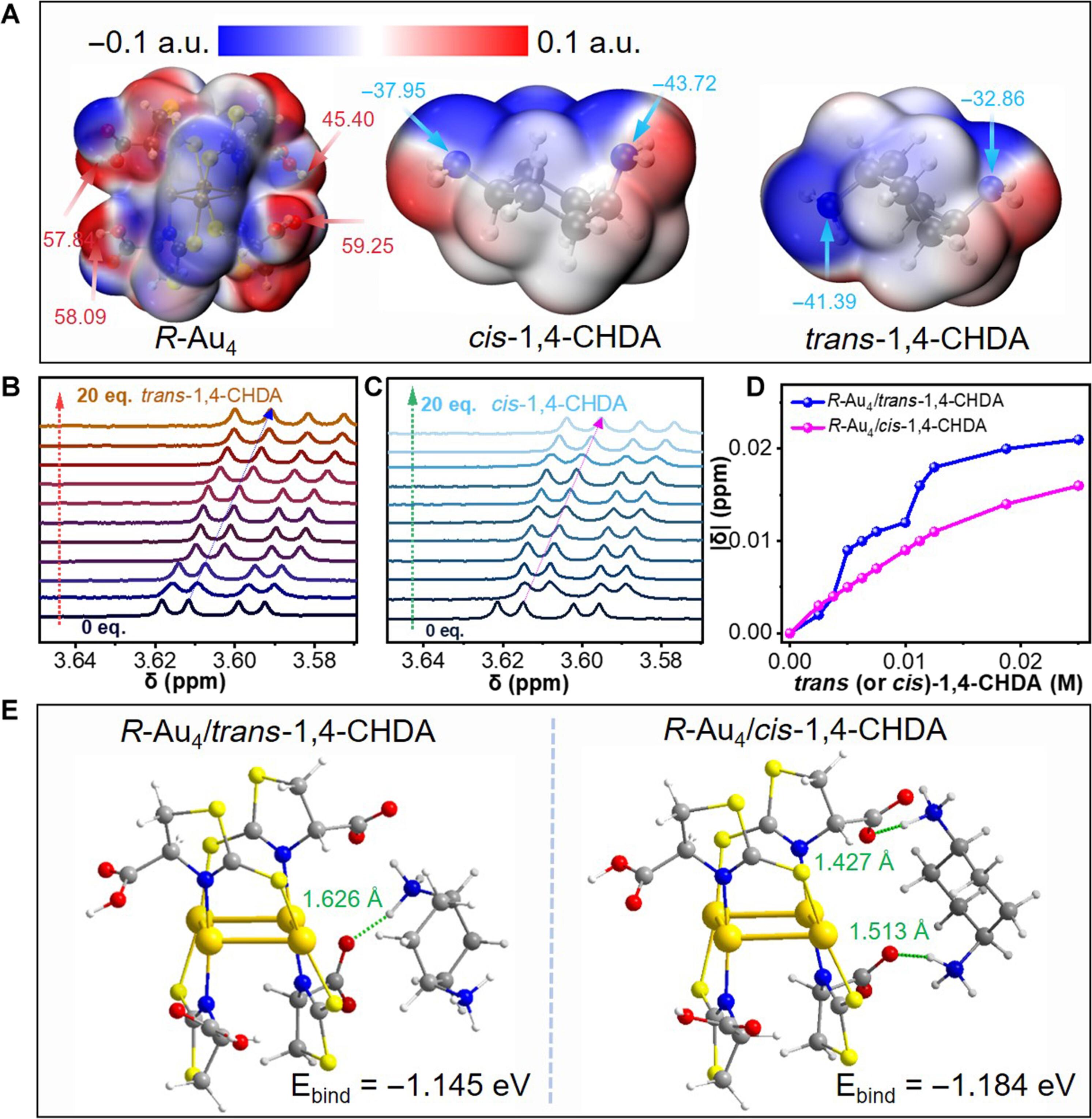金团簇形成了同手性螺旋微结
IF 12.5
1区 综合性期刊
Q1 MULTIDISCIPLINARY SCIENCES
引用次数: 0
摘要
人工微尺度螺旋上层结构的构建对于理解自然界手性体系结构的层次演化具有重要意义。然而,从金属团簇中制造微型螺旋超结构仍然是神秘而具有挑战性的。在这里,我们通过静电相互作用驱动的手性Au 4簇和反式-1,4-环己二胺的共组装,实现了微米尺度的螺旋结的分层组装。与其他胺相比,手性Au 4和反式-1,4-环己二胺的大小和构象匹配促进了Au 4向纳米血小板的连续手性转移,并最终向遵循Au 4分子手性的螺旋微结转移。通过纳米血小板的螺旋状堆积和扭曲,阐明了纳米血小板从微饼到螺旋状微结的分层进化机制。此外,这些螺旋微结在静电相互作用的解离和重组下表现出优异的可切换光致发光和圆极化发光特性。本研究展示了基于可控金属团簇的螺旋微结的形成,加深了对微观尺度下手性转移和表达的理解。本文章由计算机程序翻译,如有差异,请以英文原文为准。

Gold clusters assembled homochiral helical microbowties
Construction of artificial microscale helical superstructures holds great significance for understanding hierarchical evolution of chiral architectures in nature. However, fabricating microscale helical superstructures from metal clusters remains mysterious and challenging. Here, we achieved hierarchically assembled helical bowties with micrometer scale via electrostatic interaction-driven co-assembly of chiral Au4 clusters and trans-1,4-cyclohexanediamine. The size and conformation matching of chiral Au4 and trans-1,4-cyclohexanediamine compared to the other amines promotes continuous chirality transfer from Au4 to nanoplatelets and finally to helical microbowties that follows Au4 molecular chirality. We elucidated hierarchical evolution mechanism of morphology from nanoplatelets to microcake and to helical microbowties through gradual helical stacking and twisting of nanoplatelets. Furthermore, these helical microbowties exhibited excellent switchable photoluminescence and circularly polarized luminescence characteristics governed by dissociation and recombination of electrostatic interactions. This work demonstrates the formation of controllable metal cluster–based helical microbowties and deepens the understanding of chirality transfer and expression at microscale.
求助全文
通过发布文献求助,成功后即可免费获取论文全文。
去求助
来源期刊

Science Advances
综合性期刊-综合性期刊
CiteScore
21.40
自引率
1.50%
发文量
1937
审稿时长
29 weeks
期刊介绍:
Science Advances, an open-access journal by AAAS, publishes impactful research in diverse scientific areas. It aims for fair, fast, and expert peer review, providing freely accessible research to readers. Led by distinguished scientists, the journal supports AAAS's mission by extending Science magazine's capacity to identify and promote significant advances. Evolving digital publishing technologies play a crucial role in advancing AAAS's global mission for science communication and benefitting humankind.
 求助内容:
求助内容: 应助结果提醒方式:
应助结果提醒方式:


